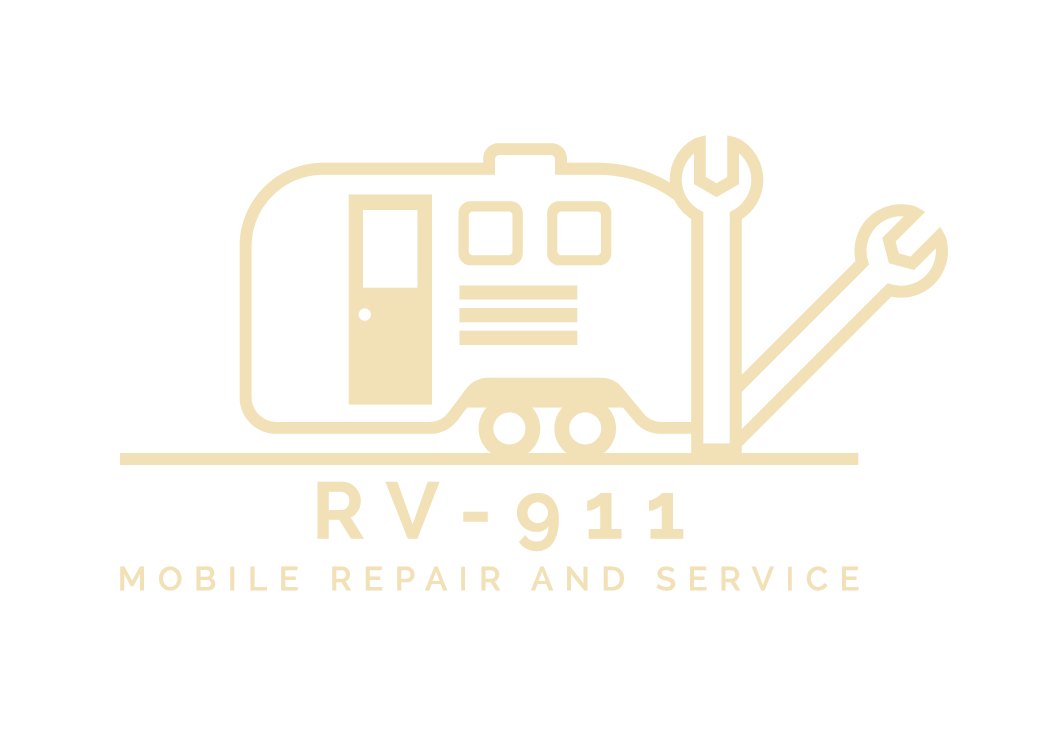Recreational vehicles (RVs) offer the freedom of the open road, and for many RV enthusiasts, the added luxury of slide-outs significantly enhances the living space. However, like any mechanical component, RV slide-outs can encounter issues over time. In this guide, we’ll delve into the world of RV slide-out repair, addressing common problems, providing insights into manual operation, and answering frequently asked questions.
Understanding RV Slide-Out Repair
How much does it cost to fix a slide on an RV?
The cost of RV slide-out repair can vary widely depending on the nature and extent of the problem. Simple fixes, such as lubricating the slide-out mechanism or replacing a worn-out seal, may incur minimal costs. On the other hand, more complex issues, like motor or gearbox failures, can lead to higher repair bills.
As a general guideline, minor repairs may range from $100 to $500, while major issues could exceed $1,000 or more. It’s crucial to diagnose the problem accurately before seeking professional assistance to ensure an efficient and cost-effective solution.
What are the most common RV slide-out problems?
- Mechanical Failures: The mechanical components of RV slide-outs, including motors, gears, and tracks, can experience wear and tear. Motor failures or misalignment issues may result in the slide-out not extending or retracting properly.
- Seal and Gasket Deterioration: Over time, the rubber seals and gaskets around the slide-out can degrade, leading to leaks and drafts. Regular inspection and timely replacement can prevent water damage and maintain a comfortable living environment.
- Electrical Malfunctions: Electrical problems, such as issues with the slide-out switch or wiring, can impede the proper functioning of the slide-out mechanism. Diagnosing and resolving electrical issues may require the expertise of an RV technician.
- Alignment Problems: Slide-outs must be properly aligned to prevent binding or uneven extension. Misalignment can cause stress on the system and lead to premature wear. Adjusting the alignment may involve professional assistance.
- Slide-Out Room Synchronization: In some cases, the synchronization of multiple slide-out rooms can be disrupted, causing one side to extend or retract faster than the other. This issue requires careful adjustment to ensure proper operation.
Why do camper slide outs leak?
Camper slide-outs are prone to leaks due to several reasons:
- Worn Seals: The rubber seals surrounding the slide-out can wear down over time, allowing water to seep in during rain or while driving through wet conditions.
- Improper Installation: If the slide-out was not installed correctly, gaps may exist in the seals, leading to leaks. Proper installation is crucial to maintaining a watertight seal.
- Sealant Deterioration: The sealant used to protect seams and edges may degrade over time, losing its effectiveness. Regularly inspecting and reapplying sealant can prevent leaks.
- Cracked or Damaged Slide-Out Walls: Physical damage to the slide-out walls, such as cracks or punctures, can compromise the integrity of the unit, allowing water to infiltrate.
- Clogged Drainage Channels: Slide-outs often have drainage channels to direct rainwater away. If these channels become clogged with debris, water can accumulate and lead to leaks.
DIY Tips: How do you manually operate an RV slide out?
While most RVs come equipped with automatic slide-out mechanisms, knowing how to manually operate them can be invaluable in case of power failures or mechanical issues. Here’s a step-by-step guide:
- Locate the Manual Override: Typically, the manual override mechanism is located near the RV’s hydraulic pump or electric motor. Consult your RV’s manual to identify its precise location.
- Access the Crank Handle: Some RVs use a crank handle for manual operation. Insert the crank into the manual override and turn it clockwise to retract the slide-out or counterclockwise to extend it.
- Use the Electric Drill Method: Some RVs have a hex drive on the manual override, allowing you to use an electric drill with the appropriate attachment. Attach the drill and use it to manually operate the slide-out.
- Verify Power Disconnect: Before attempting manual operation, ensure that the RV is disconnected from power sources to prevent electrical issues.
- Exercise Caution: Manually operating a slide-out requires physical effort, and caution should be exercised to avoid injury. If you encounter resistance or difficulties, consult a professional for assistance.
Conclusion
Maintaining and repairing RV slide-outs is essential for a seamless and enjoyable travel experience. By understanding common problems, addressing issues promptly, and knowing how to manually operate your RV’s slide-outs, you can ensure that your home on wheels remains in top condition. For more complex problems or if you’re unsure about the best course of action, consulting with a qualified RV technician is always a wise decision. With the right care and attention, you can keep your RV slide-outs operating smoothly for years to come.
